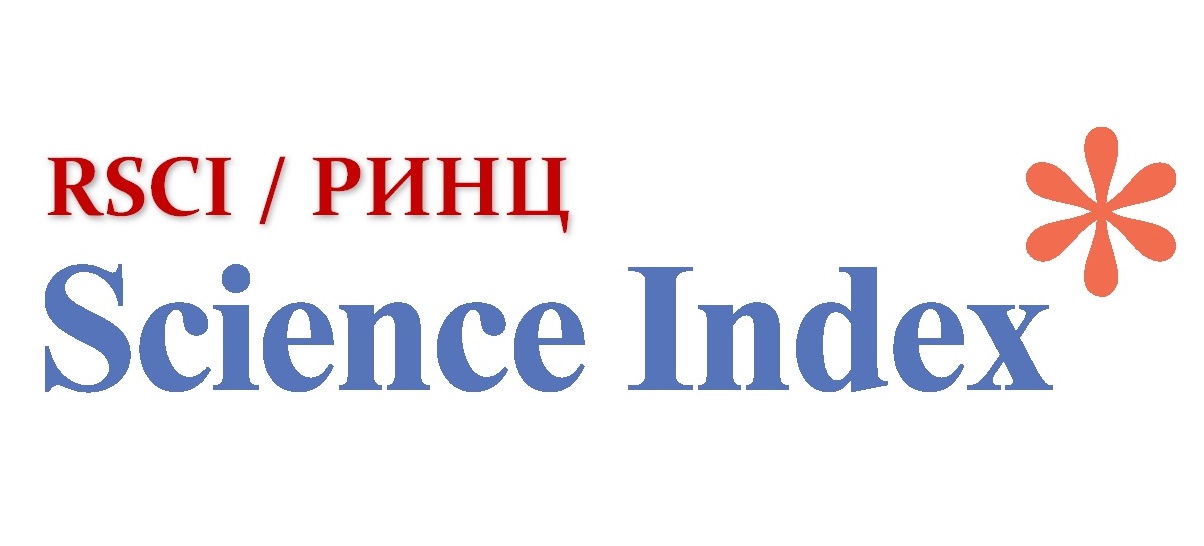The historical, geopolitical, and cultural-poetic concept of the name “Turkestan”
Views: 84 / PDF downloads: 56
DOI:
https://doi.org/10.32523/2616-6887-2025-152-3-284-297Keywords:
Turkestan, Turkic world, historical chronotope, ethno-cultural space, geopolitical transformationAbstract
The term “Turkestan” represents a multifaceted phenomenon that encapsulates the unity of the Turkic world, its shared cultural-historical continuity, and its civilizational code. Throughout history, this name has transcended its initial role as a mere geographical toponym, evolving into a concept imbued with profound ethno-cultural semiotics and extensive chronotopic dimensions. Turkestan is conceived as a civilizational center that, over the centuries, has shaped the statehood traditions of Turkic ethnoses, their cultural-intellectual space, and their spiritual and mythopoetic worldview. Its significance extends beyond spatial characteristics, manifesting in symbolic and ideological dimensions as well. The concept of Turkestan plays a pivotal role in preserving the civilizational unity of the Turkic world.
This study aims to analyze the historical evolution of the term “Turkestan,” its geopolitical transformations, and its representation in literary and cultural discourse. Documentary evidence confirms that since the 7th century, the term “Turkestan”—alongside Turan—has been employed both officially and with notable semantic weight. Drawing upon medieval Arabic, Persian, and Turkic sources (al-Ya‘qubi, Ibn Hawqal, Yusuf Balasaguni, among others), as well as the works of later Orientalists and Turkologists (Bichurin, Mushketov, Barthold, Gasprinsky, etc.), this research examines the diverse semantic layers of the concept.
The methodology of the study incorporates genealogical, comparative, philological-hermeneutic, and semiotic analyses. It is posited that the name “Turkestan” evolved in close association with notions of ethnic identity, political structure, and civilizational integrity across different historical periods.
The historical-geopolitical meaning of the term “Turkestan” has undergone transformations under the influence of political and social factors, and its interpretations have varied according to scholarly paradigms and methodological approaches. In exploring the essence of Turkestan and delineating its boundaries, scholars have relied on historical-geographical, ethnolinguistic, and political frameworks.
Downloads
Published
How to Cite
Issue
Section
License
Copyright (c) 2025 Bulletin of the L.N. Gumilyov Eurasian National University. Political Science. Regional Studies. Oriental Studies. Turkology Series.

This work is licensed under a Creative Commons Attribution-NonCommercial-NoDerivatives 4.0 International License.






